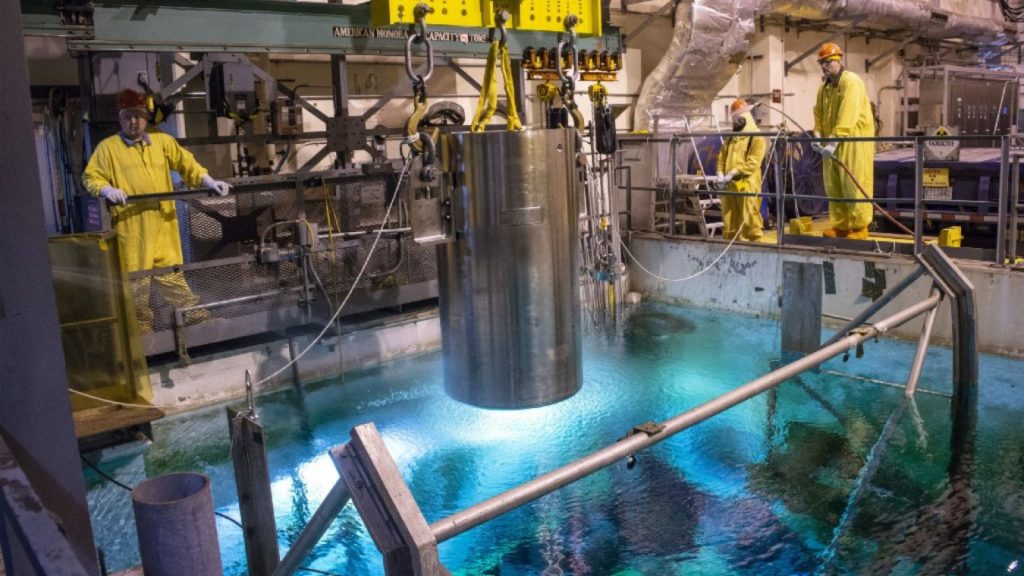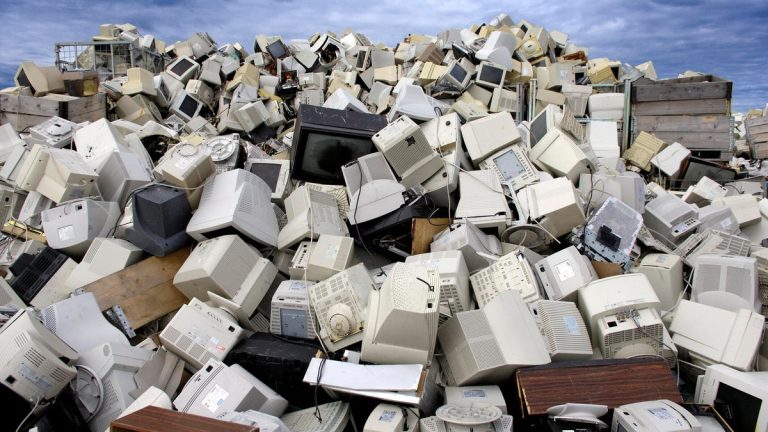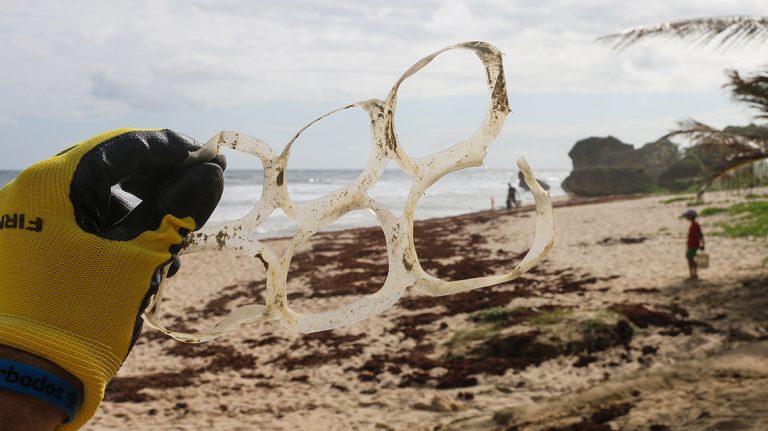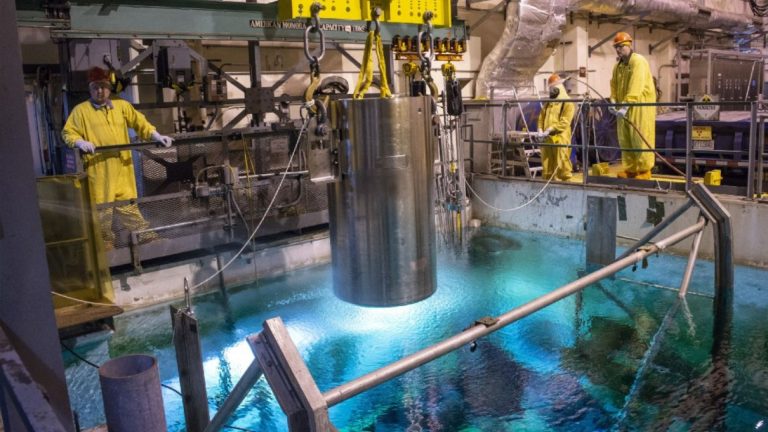
A US research team is developing a safer, more efficient method to recycle used nuclear fuel.
The new chemical process, developed by the Argonne National Laboratory (ANL), in collaboration with SHINE Technologies, involves advanced equipment like centrifugal contactors to separate valuable materials from radioactive waste.
The team aims to create a cost-effective, scalable recycling solution suitable for industrial use, according to a press release by ANL.
The approach could reduce long-term waste, enhance fuel recovery, and support a more sustainable nuclear energy cycle by transforming radioactive byproducts into usable resources.
Safeguarded fuel recovery
Nuclear reactors across the US produce used fuel, and over 95 percent of this fuel still contains untapped energy. Researchers are currently trying to transform this potential into a practical method for recycling.
They intend to extract valuable resources from used fuel through sophisticated chemical methods and technologies, thus generating greater power and reducing long-term radioactive waste.
Nevertheless, there are significant difficulties associated with recycling nuclear fuel. The fuel is intensely radioactive and hot, necessitating careful storage, cooling, and shielding to safeguard workers and the environment. Moreover, robust protections must be established to avert illicit access or abuse of nuclear substances.
Researchers incorporate “safeguards by design” at the initial stages of development, embedding security measures and monitoring systems to guarantee adherence to national and international regulations. Along with safety, the process needs to be financially feasible.
According to the team, there needs to be a commercial demand for recovered materials, like recycled fuel or useful radioisotopes, whether it’s for advanced reactors, medical diagnostics, or space missions.
“Radioisotopes recovered during recycling can help power deep-space missions or be used in life-saving medical tests,” said the press statement.
“If commercial demand exists for these materials, building recycling facilities becomes more economically sound.”
The needs of future reactor designs are also taken into account by scientists, who customize recycling strategies to ensure long-term energy sustainability.
Scientists are working on sophisticated methods to recycle spent nuclear fuel in a safe and effective manner. A major difficulty is the separation of valuable materials without generating pure plutonium, which carries security and storage dangers.
To tackle this issue, researchers are working on the optimization of chemical separation processes that operate under conditions of high radiation, akin to those found in industrial recycling facilities.
Spin, separate, sustain
In this case, the team used a particle accelerator that generates small amounts of radioactivity to simulate radiation effects in a controlled lab environment. This enables researchers to examine the degradation of chemicals involved in fuel recycling over time without the necessity of heavy shielding.
These tests, conducted on a lab scale, provide insight for design choices and assist in moving technologies into industrial applications.
An important innovation is the system of centrifugal contactors. These tiny gadgets spin mixed liquids at high speed to separate them according to their density. The system shows a high level of adaptability, with researchers employing 3D printing to create custom components for rapid prototyping.
The evaluation of these prototypes occurs in realistic chemical conditions and results in minimal radioactive waste, making them well-suited for the early phases of development.
These technologies enable scalable and secure recycling methods that can accommodate future types of reactors. With the rising demand for clean energy, these developments seek to minimize nuclear waste, reclaim valuable resources, and establish nuclear energy as a dependable power source in the future.
“Recycling used nuclear fuel is a very complicated process that depends a lot on what kind of technologies are going to dominate and what the demand for electricity will be. We will need to have a good strategy,” said Peter Tkac, a nuclear chemist and manager of the Radiochemistry Group in ANL’s Chemical and Fuel Cycle Technologies division, and the lead on the project, in the statement.



